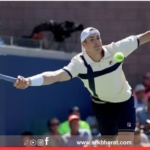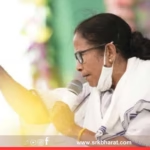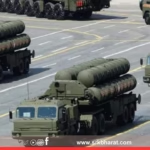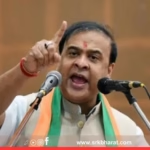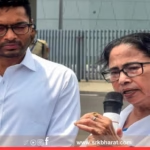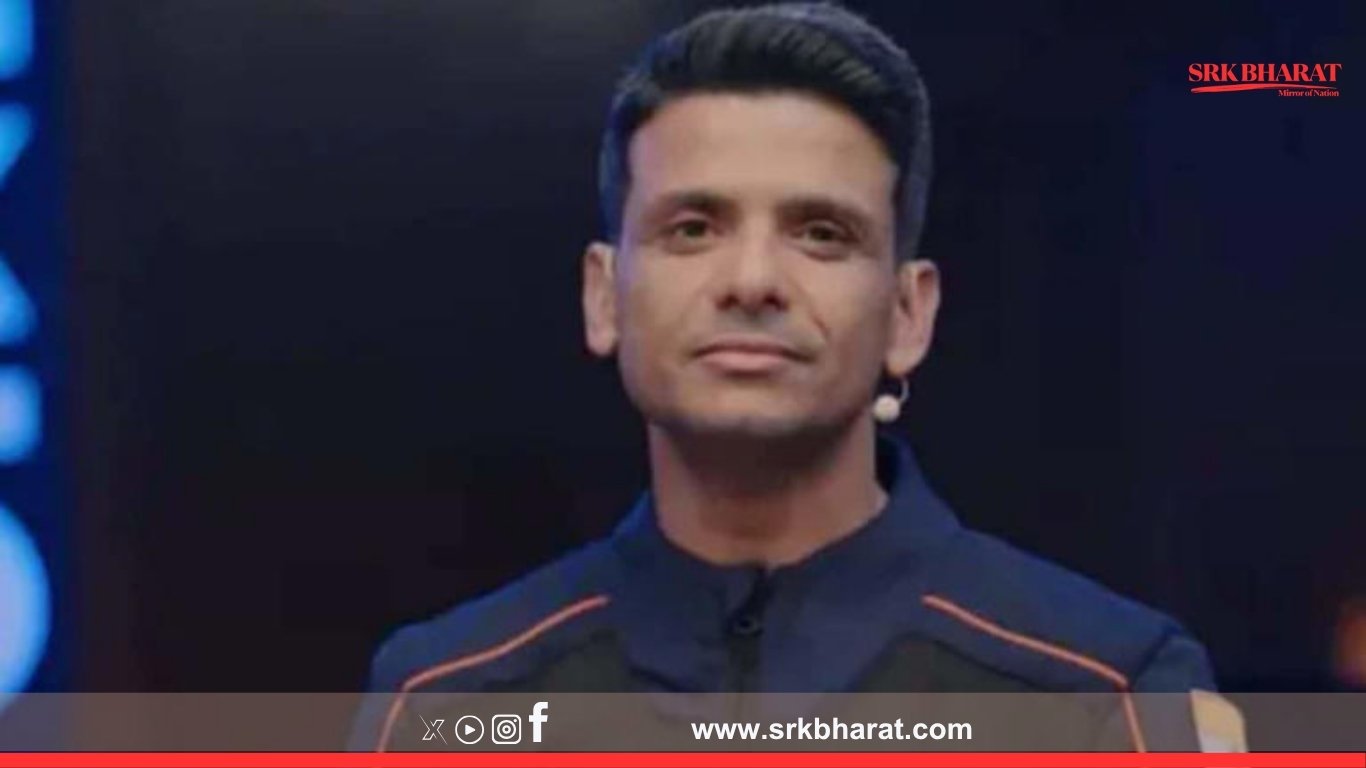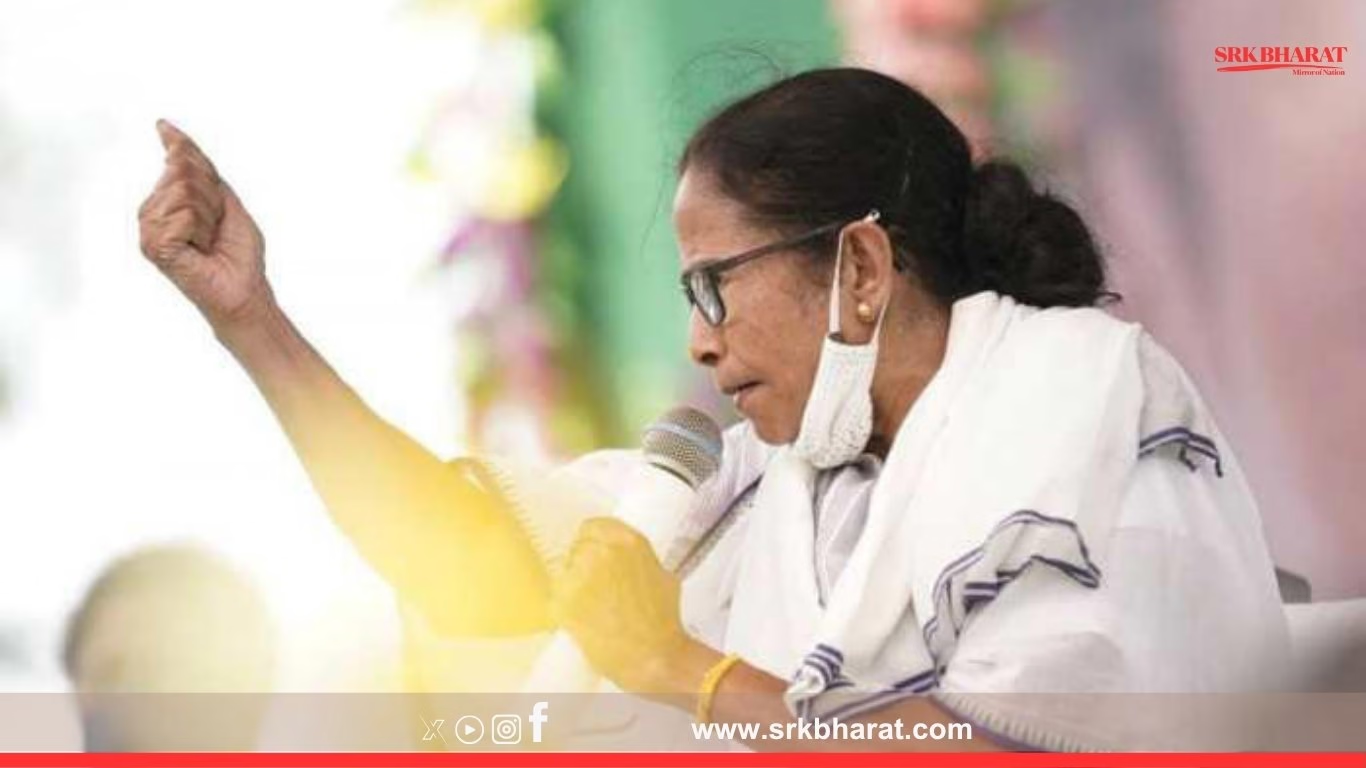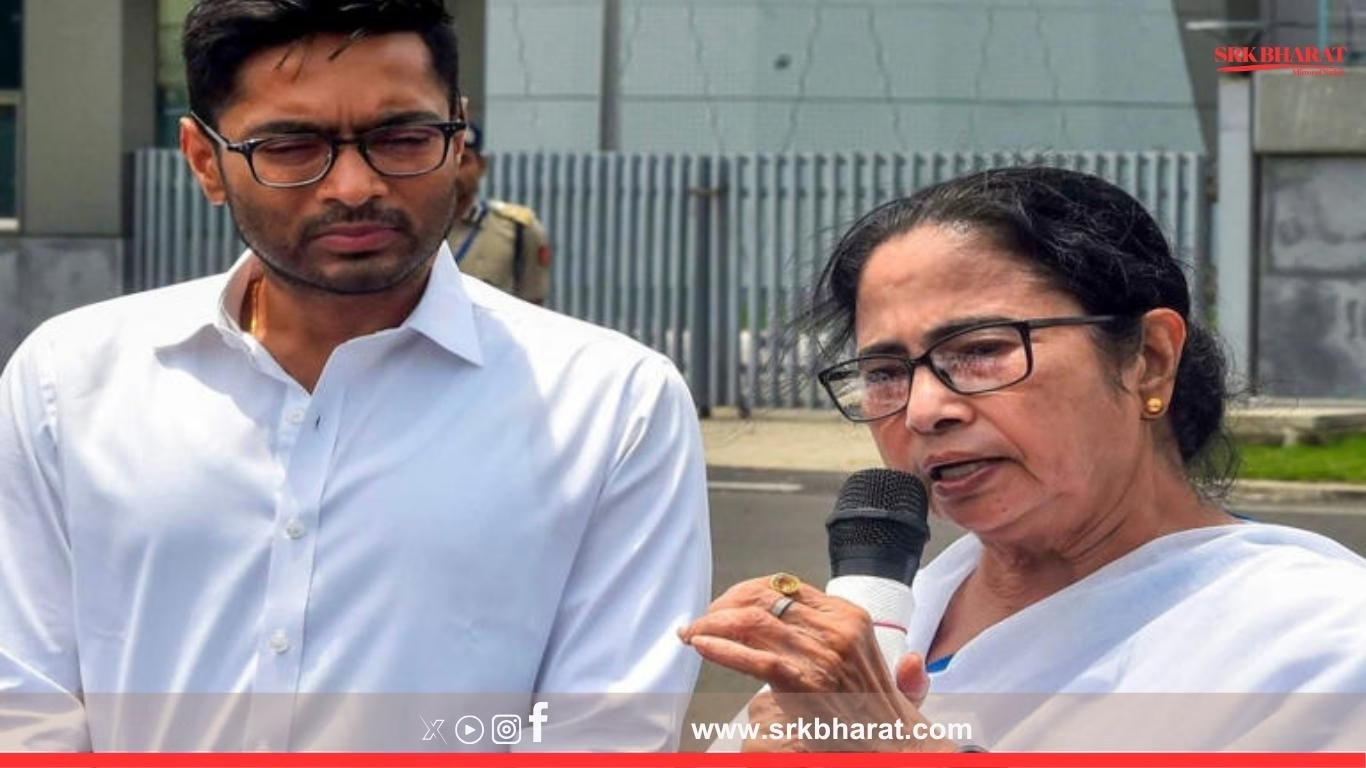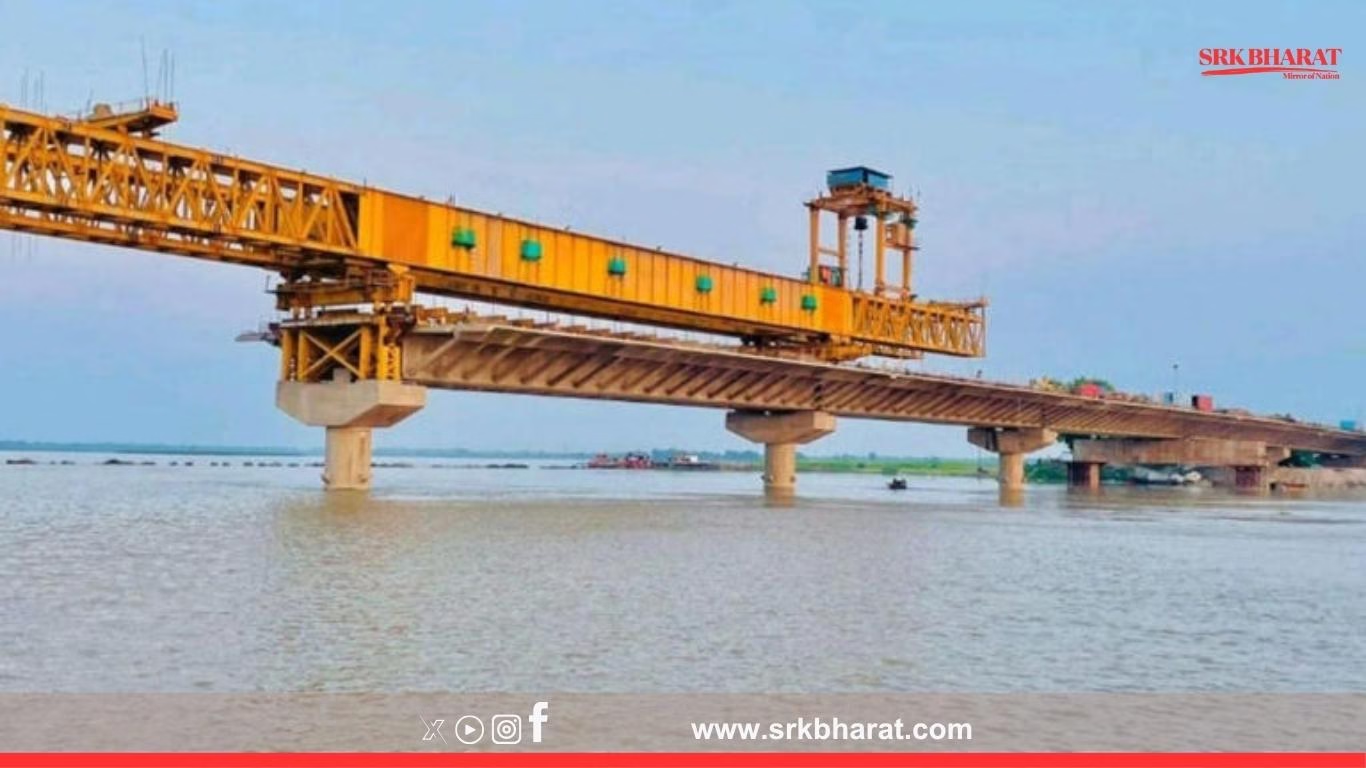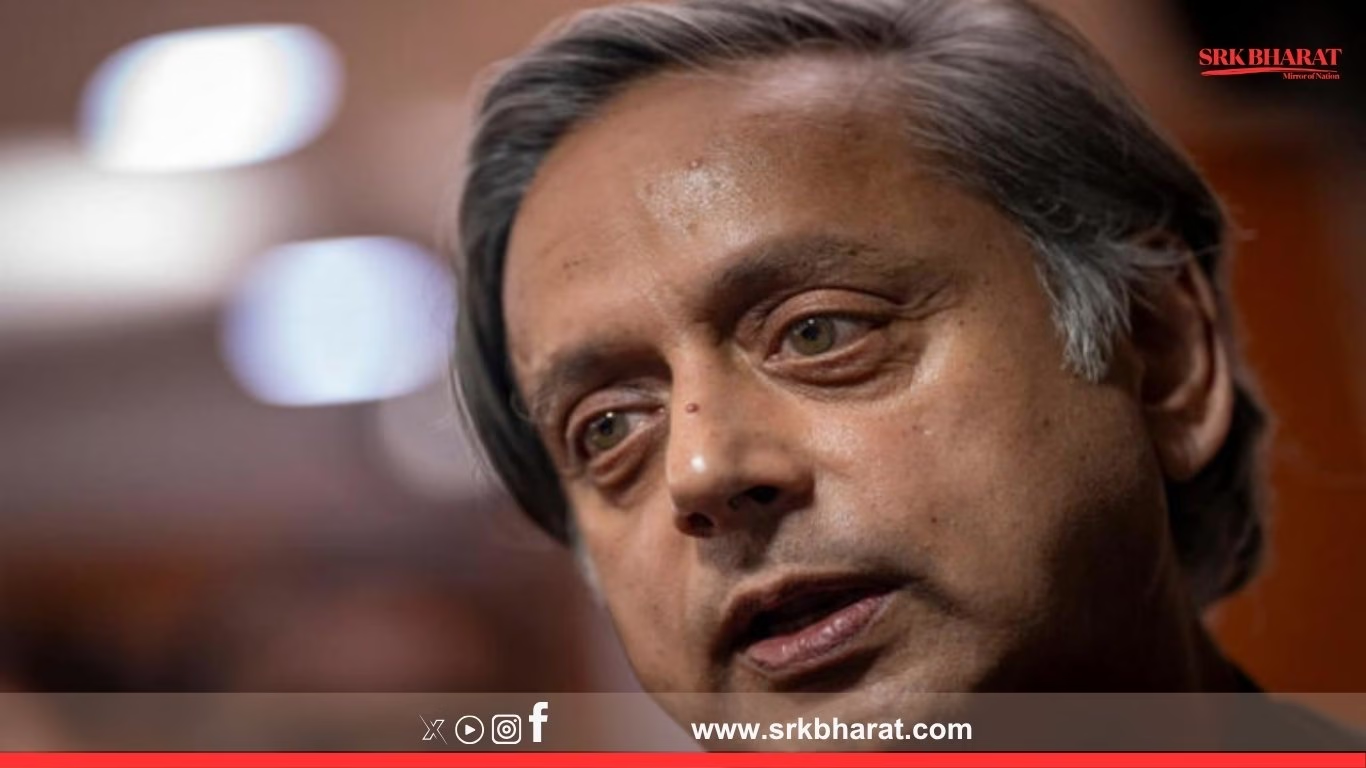Indian astronaut Shubhanshu Shukla, who recently returned from a historic mission aboard the International Space Station (ISS), interacted with hundreds of school and college students in Delhi, sharing his experiences of space travel, life in microgravity, and his emotional moment seeing India from orbit.
The Interactive Session: Igniting Young Minds
The event, organised by the Indian Space Research Organisation (ISRO) in collaboration with the Ministry of Education’s Space and Science Outreach programme, saw students from Kendriya Vidyalayas, Jawahar Navodaya Vidyalayas, Delhi University, and engineering colleges participate enthusiastically.
Addressing the students, Shukla said:
“When I looked down from the ISS window and saw India, the land where I was born, it was an emotional moment. The Himalayas, the Thar desert, the Gangetic plains… all looked serene and beautiful. It reminded me of my roots and responsibility towards my country.”
Key Highlights From Shukla’s Interaction
| Topic | Insights Shared |
|---|---|
| Life in Space | Described microgravity effects, daily routine, sleep schedules, food rehydration methods, and exercising to maintain bone density. |
| Emotional Connect | Spoke of seeing India from space and feeling tears float due to zero gravity. |
| Challenges | Discussed muscle atrophy, psychological stress of confinement, and communication delays. |
| Future Missions | Encouraged students to aspire for India’s upcoming Gaganyaan human spaceflight and lunar exploration programmes. |
| STEM Careers | Motivated students to pursue physics, computer science, aeronautical engineering, and life sciences to contribute to India’s space goals. |
Why Was This Session Significant?
Shukla’s session comes at a time when:
- India is ramping up its human spaceflight programme with the Gaganyaan mission planned for late 2025.
- The government has introduced a national curriculum framework integrating space science modules for classes 6-12 to boost STEM learning.
- There is a visible rise in student interest in aerospace engineering, astrophysics, and satellite technology.
Emotional Quotient: A Nation’s Pride
Students asked Shukla about his emotional moment in space, to which he responded:
“When you see Earth from space, borders disappear. But seeing India, its blue seas and green plains, made me proud of how far we’ve come as a nation.”
He added that listening to Lata Mangeshkar’s patriotic songs onboard the ISS made him nostalgic about his family, teachers, and childhood in Uttar Pradesh.
Student Reactions
Many students expressed awe and inspiration:
- Neha Sharma, Class 10, KV Delhi:
“His words made me want to become an astronaut or aerospace scientist.” - Karthik Raj, BTech Aerospace, DTU:
“He explained orbital mechanics so simply. It reaffirmed my choice of career in space technology.” - Ayesha Khan, Class 12, JNV:
“When he said tears float in zero gravity, it felt poetic.”
Shubhanshu Shukla: A Brief Profile
| Parameter | Details |
|---|---|
| Name | Shubhanshu Shukla |
| Age | 38 |
| Education | BTech Aerospace (IIT Kanpur), MS Aeronautics (Caltech) |
| Career | ISRO Scientist, trained at NASA Johnson Space Center |
| Mission | 6-month ISS mission for microgravity materials and biomedical experiments |
| Specialisation | Space structures and habitat design |
| Awards | ISRO Young Scientist Award, Padma Shri (2025) |
Lessons For Aspiring Students
During the session, Shukla shared five life lessons:
- Never fear failure: “I failed the ISRO selection medicals twice due to borderline blood pressure. I fixed my health and reapplied.”
- Discipline over motivation: “Astronaut training is rigorous, routine keeps you moving.”
- Learn teamwork and communication: “In space, mistakes by one can risk the entire crew.”
- Master basics thoroughly: “Physics and maths fundamentals are the key to space sciences.”
- Stay grounded: “Despite orbiting the Earth 16 times a day, what matters is who you are on the ground.”
India’s Upcoming Space Aspirations
Shukla outlined ISRO’s major human spaceflight milestones:
| Mission | Timeline | Objective |
|---|---|---|
| Gaganyaan | Late 2025 | First Indian crewed spacecraft mission |
| ISS Indian Crews | 2026 onwards | Longer term microgravity research missions |
| Lunar Astronaut Programme | 2028-2030 | Indian astronauts on Moon orbit and surface |
| Space Station Module | By 2035 | Establishment of Bharatiya Antariksha Kendra |
The Power Of Such Interactions
Experts believe that astronauts interacting with students have long-term benefits:
- Increases STEM enrolment rates by 15-20% over two academic years, as per Ministry of Education data.
- Enhances curiosity-driven learning and project-based research culture.
- Strengthens public support for India’s space programmes.
Broader Impact: India’s Space Diplomacy And National Confidence
| Aspect | Outcome |
|---|---|
| Science Diplomacy | Indian astronauts collaborating with global ISS crews boosts international prestige. |
| Industry Growth | Inspires private space startups in satellite launch, data analytics, and propulsion. |
| Strategic Confidence | Reinforces India’s emergence as a major space power in Asia. |
Conclusion
Shubhanshu Shukla’s session was more than an interaction; it was a masterclass in life, science, and patriotism. His emotional narration of seeing India from space underscored how astronauts remain rooted to their homeland despite traversing beyond Earth’s boundaries. As he signed off encouraging students to “study hard and dream beyond the sky,” India’s future space explorers surely found a guiding star to follow.
Disclaimer: This news content is prepared using official statements, student interviews, and public domain data for journalistic and informational purposes only.

